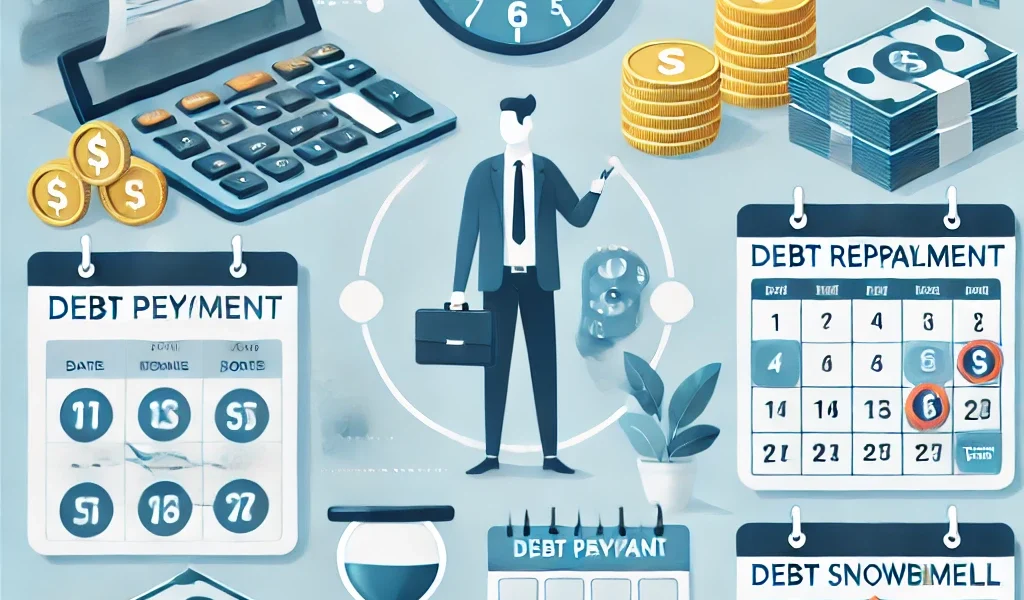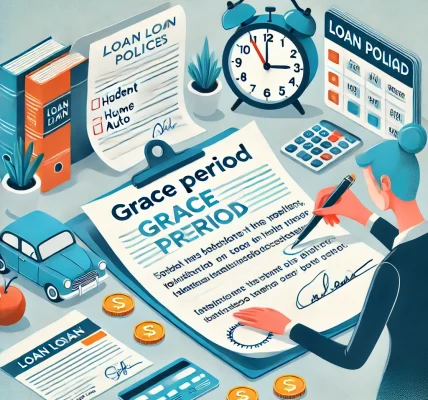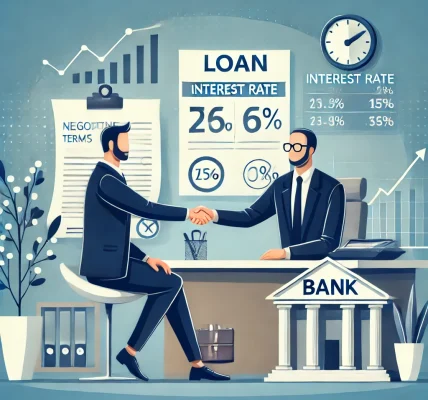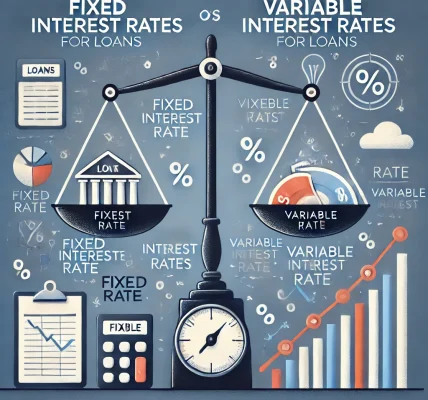Introduction
Debt can be overwhelming, especially when it accumulates from multiple loans, including student loans, personal loans, mortgages, or credit card debt. However, with the right repayment strategies, you can take control of your financial future and pay off your loans faster.
This article explores effective loan repayment strategies that will help you reduce debt, save on interest, and achieve financial freedom sooner.
Disclaimer: This article is for informational purposes only. Loan repayment options vary by lender and country. Always consult a financial advisor before making major financial decisions.
Understanding Loan Repayment
Before diving into strategies, it’s essential to understand how loan repayment works. Most loans include:
- Principal: The original amount borrowed
- Interest: The cost of borrowing money, expressed as a percentage
- Loan Term: The duration over which you repay the loan
- Minimum Monthly Payment: The least amount required to keep your account in good standing
Paying only the minimum can prolong debt repayment and increase the total interest paid over time.
Best Loan Repayment Strategies
1. The Snowball Method
The snowball method focuses on paying off the smallest debts first while maintaining minimum payments on others. Here’s how it works:
- List your debts from smallest to largest.
- Pay extra towards the smallest debt while maintaining minimum payments on others.
- Once the smallest debt is cleared, move to the next smallest.
- Repeat until all debts are cleared.
Pros: Quick psychological wins boost motivation. Cons: Might not save as much interest compared to other methods.
2. The Avalanche Method
The avalanche method prioritizes paying off the debt with the highest interest rate first. Steps include:
- List debts from highest to lowest interest rate.
- Allocate extra funds to the highest-interest debt while making minimum payments on the rest.
- Once paid off, move to the next highest interest rate debt.
Pros: Saves the most money on interest over time. Cons: Progress might feel slower initially compared to the snowball method.
3. Extra Payments Strategy
One of the simplest ways to clear debt faster is by making extra payments on your loan. Consider:
- Making biweekly payments instead of monthly to reduce overall interest.
- Rounding up payments to the nearest hundred.
- Allocating windfalls (tax refunds, bonuses) to debt repayment.
Pros: Accelerates debt payoff and reduces total interest paid. Cons: Requires financial discipline and extra income sources.
4. Refinancing or Consolidation
Loan refinancing involves replacing an existing loan with a new one at a lower interest rate, reducing monthly payments and overall costs. Debt consolidation combines multiple loans into one, simplifying payments and potentially securing a better rate.
Pros: Can lower interest rates and simplify debt management. Cons: May extend the repayment period, leading to more interest over time.
5. Increase Income Streams
Boosting your income allows you to allocate more funds toward debt repayment. Ways to increase earnings include:
- Taking on freelance work or a side job.
- Selling unused items for extra cash.
- Investing in skills or certifications that enhance earning potential.
Pros: Provides extra funds without altering lifestyle drastically. Cons: Requires time and effort.
6. Automate Payments
Setting up automatic payments ensures you never miss due dates, avoiding late fees and maintaining a good credit score. Many lenders offer interest rate discounts for automated payments.
Pros: Eliminates late fees and improves creditworthiness. Cons: Requires consistent income to avoid overdraft fees.
7. Negotiate with Lenders
If you’re struggling to meet loan obligations, consider negotiating with your lender for:
- A lower interest rate
- An extended repayment period
- Temporary deferment or forbearance
Pros: Provides relief during financial hardships. Cons: May increase overall interest paid due to extended terms.
Common Mistakes to Avoid in Loan Repayment
❌ Only Paying the Minimum Amount: Prolongs debt and increases interest costs.
❌ Ignoring Loan Terms & Conditions: Hidden fees and penalties can add up.
❌ Using Credit to Pay Off Debt: Shifts debt rather than eliminating it.
❌ Not Tracking Progress: Leads to lack of motivation and financial mismanagement.
Frequently Asked Questions
1. What is the fastest way to pay off a loan?
The fastest way is to make extra payments, follow the avalanche method, or increase your income to allocate more towards repayment.
2. Should I pay off high-interest or small debts first?
If you want to save on interest, pay off high-interest debts first (avalanche method). If you need motivation, start with smaller debts (snowball method).
3. Can I negotiate my loan interest rate?
Yes, many lenders allow negotiations, especially if you have a strong repayment history or an improved credit score.
4. Are there any penalties for early repayment?
Some loans may have prepayment penalties. Always check your loan agreement.
Conclusion
Debt repayment requires discipline, strategy, and financial awareness. Whether you choose the snowball method, avalanche method, or refinancing, consistency is key. By avoiding common mistakes and staying committed, you can achieve financial freedom faster and reduce the stress associated with debt.
Disclaimer: Loan terms and repayment options vary. Always consult a financial expert before making financial commitments.



